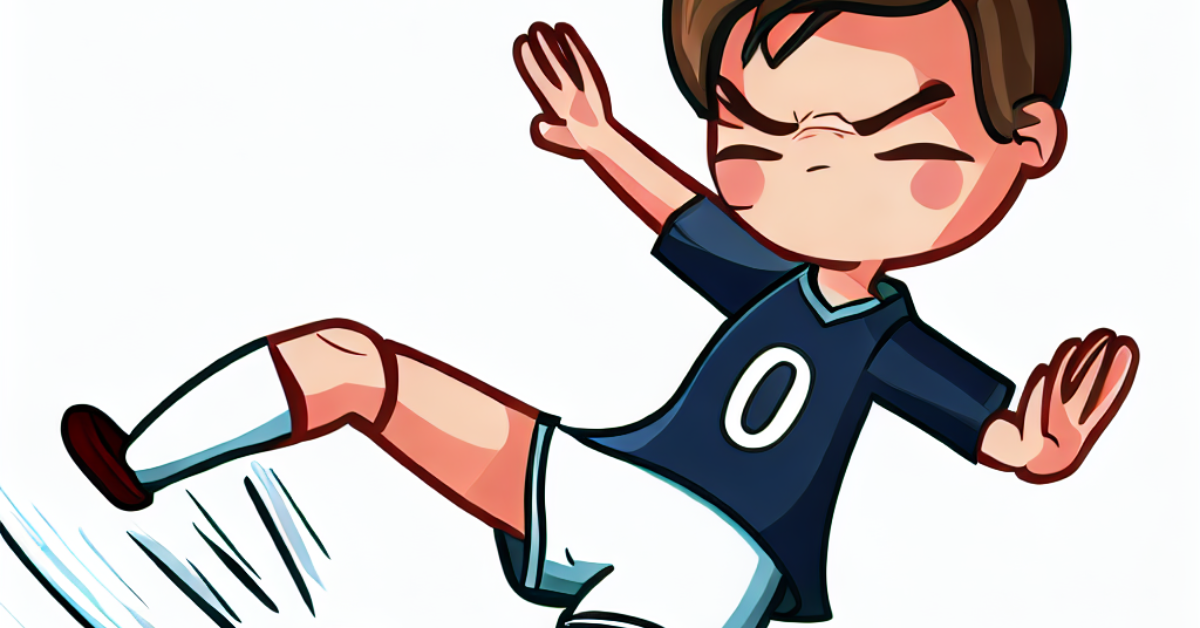Soccer, the world’s most popular sport, is celebrated for its skill, strategy, and beautiful goals. However, amidst the excitement, fouls play a crucial role in shaping the outcome of matches. Fouls in soccer occur when players commit rule violations, disrupting the flow of the game. In this article, we will delve into what fouls are in soccer, explore various types of fouls, and discuss a high-profile foul from a World Cup tournament that left pundits and fans in awe.
What Are Soccer Fouls?
Soccer fouls are rule infringements that result in a free-kick, a penalty kick, or a yellow/red card for the offending player. The Laws of the Game, established by the International Football Association Board (IFAB), dictate what constitutes a foul. Understanding these rules is crucial for players, coaches, and fans, as fouls can significantly influence the outcome of a match.
Types of Soccer Fouls
- Tripping or Tackling Fouls: These fouls occur when a player uses excessive force while attempting to take the ball from an opponent, resulting in a foul. For example, a sliding tackle from behind that trips an opponent would be considered a tripping foul.
- Holding and Pushing Fouls: These fouls involve impeding an opponent’s progress by grabbing, holding, or pushing. For instance, a defender grabbing an attacker’s jersey to prevent them from reaching the ball is a holding foul.
- Handball Fouls: If a player deliberately handles the ball with their hand or arm, it’s considered a handball foul. Handball fouls can lead to free-kicks or penalty kicks, depending on where the foul occurs.
- High Kicks: Kicking an opponent above waist height can result in a foul. This is especially dangerous if the opponent is in close proximity.
- Offensive Fouls: Offensive fouls are committed by attackers and include actions like pushing, elbowing, or charging into an opponent. These fouls often occur in aerial duels.
- Diving or Simulation: When a player exaggerates or fakes contact to deceive the referee into awarding a foul, it’s called diving or simulation. This unsportsmanlike behavior is heavily frowned upon.
- Reckless Challenges: Tackles that show a disregard for the safety of an opponent, regardless of whether contact is made, are considered reckless challenges and can result in a foul.
- Obstruction Fouls: Impeding an opponent’s movement or shielding the ball to prevent them from reaching it is an obstruction foul.
High-Profile Foul in the World Cup
One of the most infamous fouls in World Cup history occurred during the 1982 World Cup semi-final between West Germany and France. The foul in question was committed by West Germany’s goalkeeper, Harald Schumacher.
In the 57th minute, French defender Patrick Battiston made a darting run into the West German penalty area to chase a through ball. Schumacher, in a reckless and brutal challenge, charged out of his goal and collided with Battiston, who was attempting to chip the ball past the onrushing goalkeeper. The collision left Battiston unconscious with two missing teeth, cracked ribs, and damaged vertebrae. Remarkably, no foul was called, and Schumacher remained on the field.
The reaction from pundits and fans was one of shock and disbelief. The incident became a symbol of controversy and raised questions about refereeing decisions. Many pundits, including legendary French footballer Michel Platini, vehemently criticized the lack of a foul call and the severity of Schumacher’s actions. This foul remains a notorious example of how a contentious challenge can have far-reaching consequences in the world of soccer.
Importance of fair play
Fouls are an integral part of soccer, impacting the ebb and flow of matches. Understanding the types of fouls and their implications is vital for both players and fans. The history of soccer is filled with iconic moments, including notorious fouls, such as Harald Schumacher’s collision with Patrick Battiston in the 1982 World Cup, which continue to evoke strong reactions and debate. These incidents underscore the importance of fair play, sportsmanship, and the need for effective refereeing in the world’s most beloved sport.

